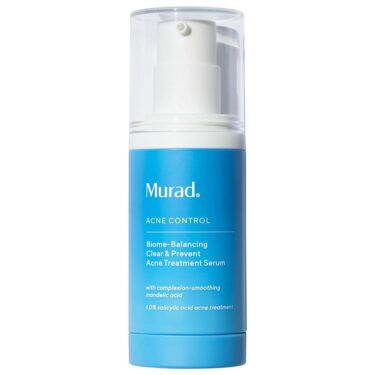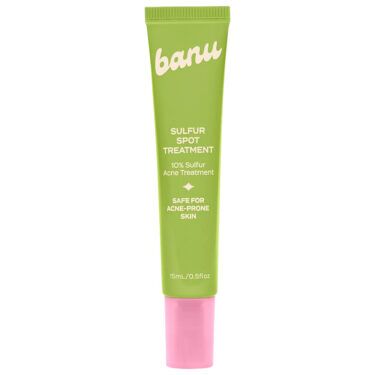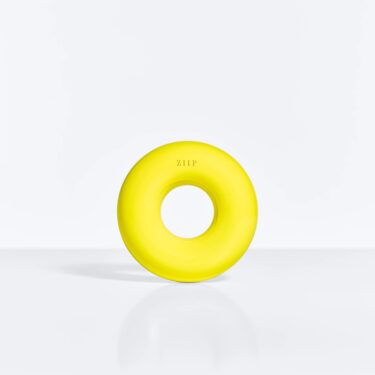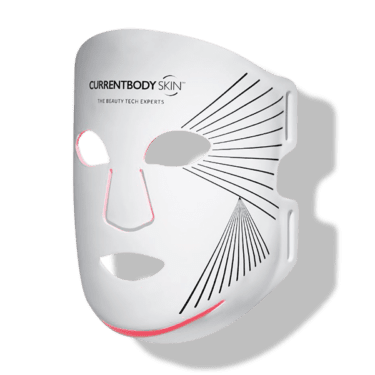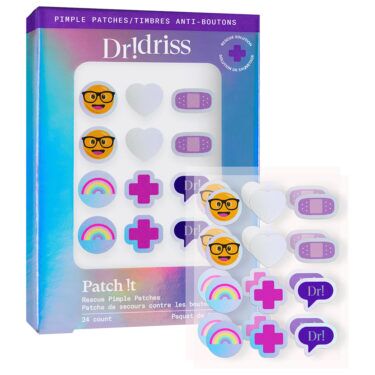From ancient remedies to AI, acne care has come a long way. Here’s a look at the breakthroughs and turning points that have brought us closer to clear skin.
Featured Experts
- Kenneth Beer, MD is a board-certified dermatologist in West Palm Beach, FL
- Kally Papantoniou, MD is a board-certified dermatologist in Melville, NY
- Joshua Zeichner, MD is a board-certified dermatologist in New York
Ancient Origins
Chinese and Ayurvedic medicine linked acne to heat and digestion issues, while ancient Egyptians, Greeks and Romans used honey, sulfur and animal fats to clear their skin. With beef tallow and sulfur back in the spotlight, ancient ideas are getting a modern reboot. “In dermatology, as in life, there is a cycle of acne treatments,” says West Palm Beach, FL dermatologist Kenneth Beer, MD. “What is new tends to be old, and what is old is new.
Early 20th Century: Cold Therapy and Crude Tools
Early Western treatments for acne were as extreme as they were experimental: cryoslush using dry ice, crude extractions, sulfur masks and even X-ray therapy. “Some of the first acne treatments were pretty harsh,” explains Melville, NY dermatologist Kally Papantoniou, MD. “From using mercury products in the 16th century to X-ray therapy in the early 20th century, acne has had quite a bumpy history. Most of these early methods focused on aggressively clearing the skin rather than addressing the root problem underneath.” According to New York dermatologist Joshua Zeichner, MD even radiation was once considered a go-to for severe acne, but it was eventually pulled from use after it was linked to skin cancer.
Acne affects nearly 1 in 5 people globally.
Source: British Journal of Dermatology, 2025
Mid-Century Breakthroughs: Antibiotics + Retinoids
Antibiotics became available in the late 1940s and made a big impact by controlling acne-causing bacteria, says Dr. Papantoniou. “Retinoids emerged in the 1960s and were used to treat acne, as well as help prevent future breakouts by increasing skin cell turnover,” adds Dr. Zeichner.
The Accutane Era
In the 1980s, doctors finally had a powerful option for treating severe, scarring acne: the approval of isotretinoin (commonly known as Accutane). “It’s one of the best drugs ever,” says Dr. Beer. “It not only changes the skin, but also improves a person’s self-image and measures of anxiety and depression.” However, it requires close monitoring due to side effects, including dryness, liver damage, vision issues and birth defects if taken during pregnancy. To reduce the risk, the FDA requires monthly pregnancy tests and safety protocols. Today, it remains a top option for acne, alongside hormonal treatments like birth control, spironolactone and topicals like Winlevi.
The Three-Step Boom
The 1990s and 2000s saw the rise of over-the-counter acne systems like Proactiv, which reshaped how acne treatments were marketed to teens. “The three-step approach—using cleanser, treatment and moisturizer— helped create structure for people who hadn’t seen a dermatologist,” says Dr. Papantoniou. “This era made salicylic acid and benzoyl peroxide more mainstream,” adds Dr. Zeichner. “It made acne treatments accessible to a broader audience.” Now, concerns over benzene contamination in benzoyl peroxide products during manufacturing have sparked recalls, causing brands to rethink formulations.
Tech Takes Over
By the 2010s, light-based therapies like blue light, IPL and LED became popular, while dermatologists turned to fractional lasers to treat acne scarring. Today, FDA-approved devices like AviClear and Accure target the sebaceous glands to treat active acne. “We have new lasers that address activity of the oil glands themselves,” Dr. Zeichner explains.
The Ingredient Reckoning
In 2024, tests found that benzoyl peroxide in some acne products could degrade into benzene, a carcinogen, when exposed to heat or stored improperly. “Benzene is linked to blood cancers like lymphoma, but current data doesn’t show increased risk in acne patients,” says Dr. Zeichner, who suggests storing products properly and tossing out any expired ones. Still, concerns remain. “I am very concerned about anything with benzene or unstable compounds,” says Dr. Beer.
What’s Next
With AI diagnostics and advanced devices, acne care is shifting toward personalization and precision. “We’re moving beyond breakouts and treating acne as a chronic inflammatory condition shaped by hormones, genetics and stress,” says Dr. Papantoniou.
Fresh Fixes

